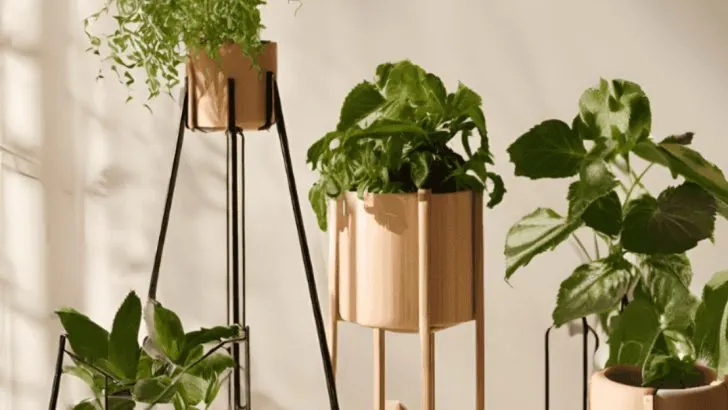A beautiful plant deserves the right home—but many of us make simple yet critical mistakes when picking out pots and containers. From ignoring drainage needs to choosing a size that’s either way too big or far too small, the wrong pot can silently sabotage your plant’s health. Even the prettiest planter might be doing more harm than good if it’s made from the wrong material or placed in the wrong spot.
In this guide, we’ll walk you through 10 of the most common potting pitfalls—and how to avoid them. Whether you’re growing indoor houseplants, balcony herbs, or porch flowers, these tips will help you make smarter choices that support healthy roots, happy growth, and stress-free watering. Because when it comes to plants, the container is more than just decor—it’s part of the ecosystem.
Ignoring Drainage Holes

Drainage holes might seem insignificant, yet they play a vital role in plant health by preventing water accumulation at the pot’s base. Without them, roots can become waterlogged, leading to rot and plant disease. Always look for pots with adequate drainage. You can even enhance drainage by adding pebbles at the bottom of the pot. Ensuring proper drainage helps maintain the right moisture level in the soil, which is key for most plants. Take the time to inspect pots carefully before making a purchase to support your plants’ health and vitality.
Choosing the Wrong Size
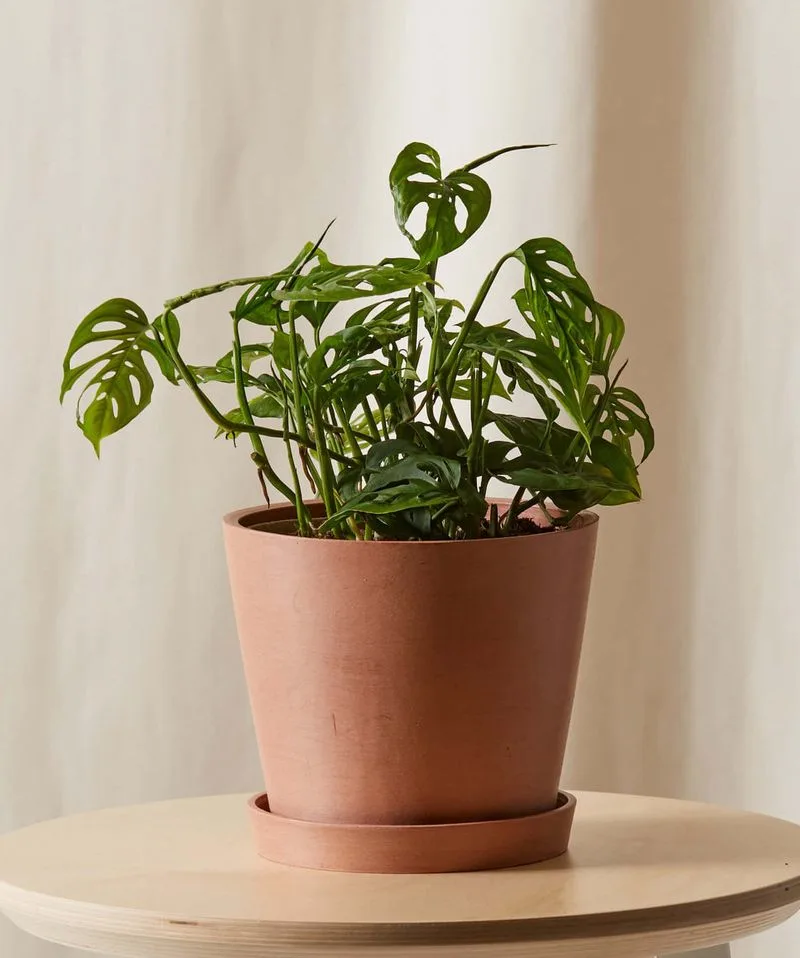
Selecting the correct pot size is crucial for plant growth, as too much space can lead to overwatering and too little can restrict root development. A pot that’s too large may cause the soil to retain excess moisture, which is detrimental to roots. Conversely, a pot that’s too small can stunt growth and lead to a lack of nutrients. Aim for a pot that’s just a few inches larger than the plant’s root ball. This ensures adequate space for growth while preventing water-related issues, making it a balanced choice for thriving plants.
Overlooking Pot Material
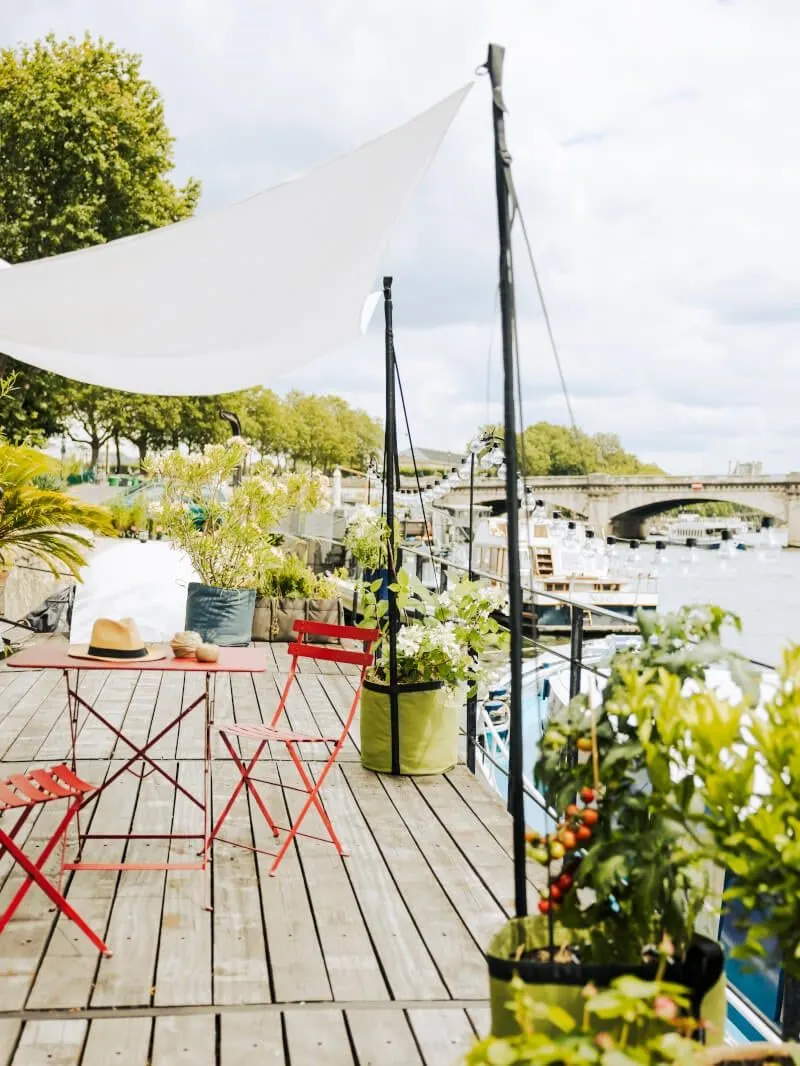
The material of a pot affects not only aesthetics but also functionality. Terracotta pots, for instance, are porous and allow for better airflow, making them ideal for dry-loving plants. However, they may not retain moisture well for tropical varieties. On the other hand, ceramic pots can hold moisture longer but are often heavier. Plastic pots are lightweight and versatile but might not offer the same breathability. Understanding these differences helps in selecting the right pot for your plant’s specific needs, striking a perfect balance between function and style.
Neglecting Pot Stability
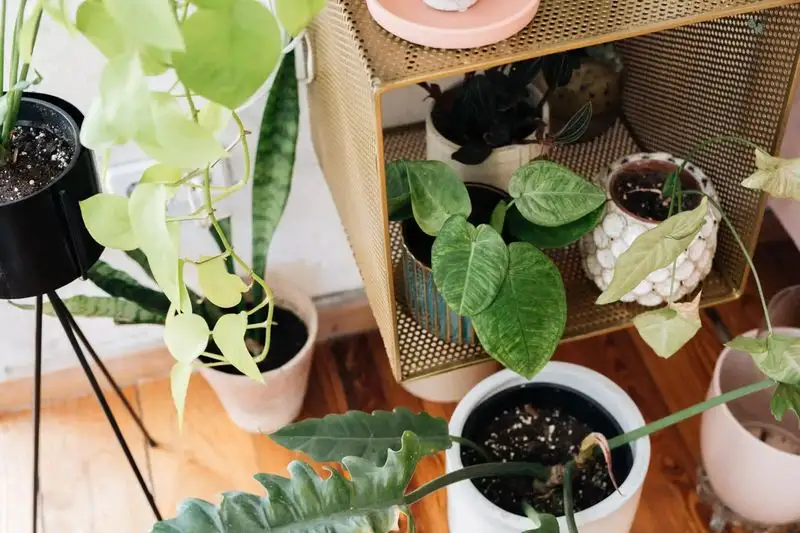
Stability is an often-overlooked factor when choosing pots, especially for taller plants. A pot that’s too light or narrow can easily tip over, leading to potential damage or plant stress. This is particularly true in windy areas or high-traffic spaces. Opting for a broader base or a heavier material can provide the necessary support. Consider the typical conditions your plant will face, and make stability a priority. A stable pot not only protects your plant but also adds a harmonious touch to your space.
Ignoring Aesthetic Compatibility

While functionality is key, aesthetics shouldn’t be ignored. A pot’s design can complement your home decor or garden theme, enhancing overall visual appeal. It’s important to choose pots that match or enhance the space they’re in. An artistic pot can become a focal point, drawing attention to your beloved plants. Balancing style with utility ensures that your plant pots contribute to both the health of your plants and the ambiance of your environment. Think about the style of your home or garden when selecting pots, and let them reflect your unique taste.
Forgetting Seasonal Changes
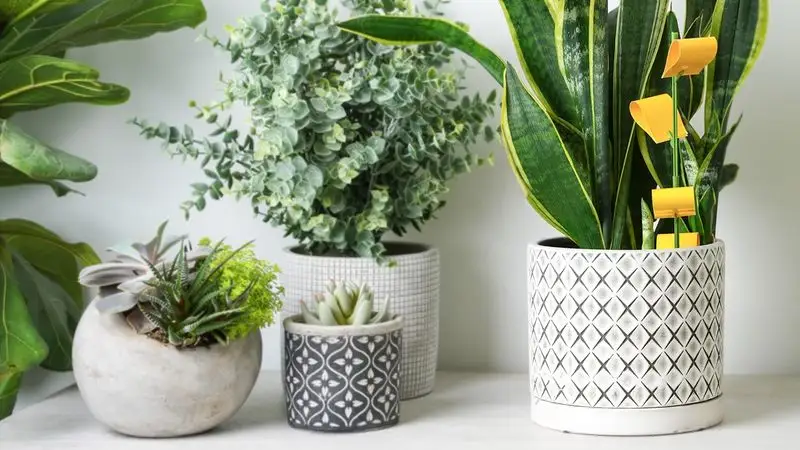
Seasonal shifts can greatly affect pots, especially those kept outside. In winter, certain materials may crack or become brittle due to freezing temperatures. Conversely, in hot summer months, pots can overheat, stressing the plants within. It’s wise to select pots that can withstand these temperature fluctuations. For outdoor plants, frost-resistant materials or pots that can be easily moved indoors are ideal. Pay attention to the climate in your area and prepare your plants with suitable pots that can weather seasonal changes, ensuring year-round protection.
Overlooking Re-potting Needs

Re-potting is an essential part of plant care, yet often overlooked. As plants grow, their root systems expand, necessitating a larger pot to accommodate this development. Failing to re-pot can stunt growth and limit nutrient uptake. Early signs include roots growing through drainage holes or visible on the soil surface. Regularly assessing your plants and being proactive about re-potting can promote healthier growth. Choose pots that allow for future expansion, and don’t hesitate to upgrade as your plant flourishes.
Disregarding Pot Weight
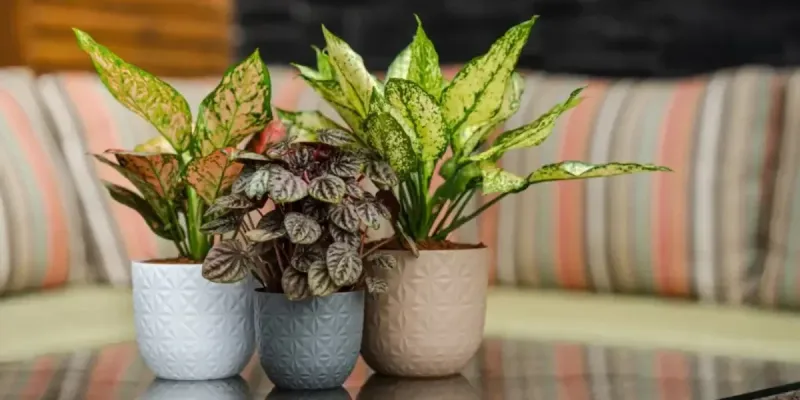
Weight matters, particularly when it comes to moving plants indoors or outdoors. A heavy pot can be difficult to relocate, making seasonal adjustments challenging. This is especially true for large plants with substantial pots. Consider lighter materials like plastic or composite for pots that need frequent moving. Alternatively, use plant trolleys to ease mobility. Weighing the pros and cons of pot weight can ensure convenience and flexibility while still providing the necessary support for your plants’ needs.
Not Considering Plant Type

Different plants have different needs, and choosing the right pot can enhance their growth. Succulents and cacti, for example, thrive in well-draining, shallow pots, while tropical plants may need deeper, moisture-retaining pots. Knowing your plant’s origin and requirements can guide you to the ideal pot. Researching the specific needs of your plant ensures you provide the best conditions for growth, showcasing your plants at their healthiest. Tailor your pot choices to each plant type, and watch them flourish in their perfect settings.
Ignoring Pot Placement
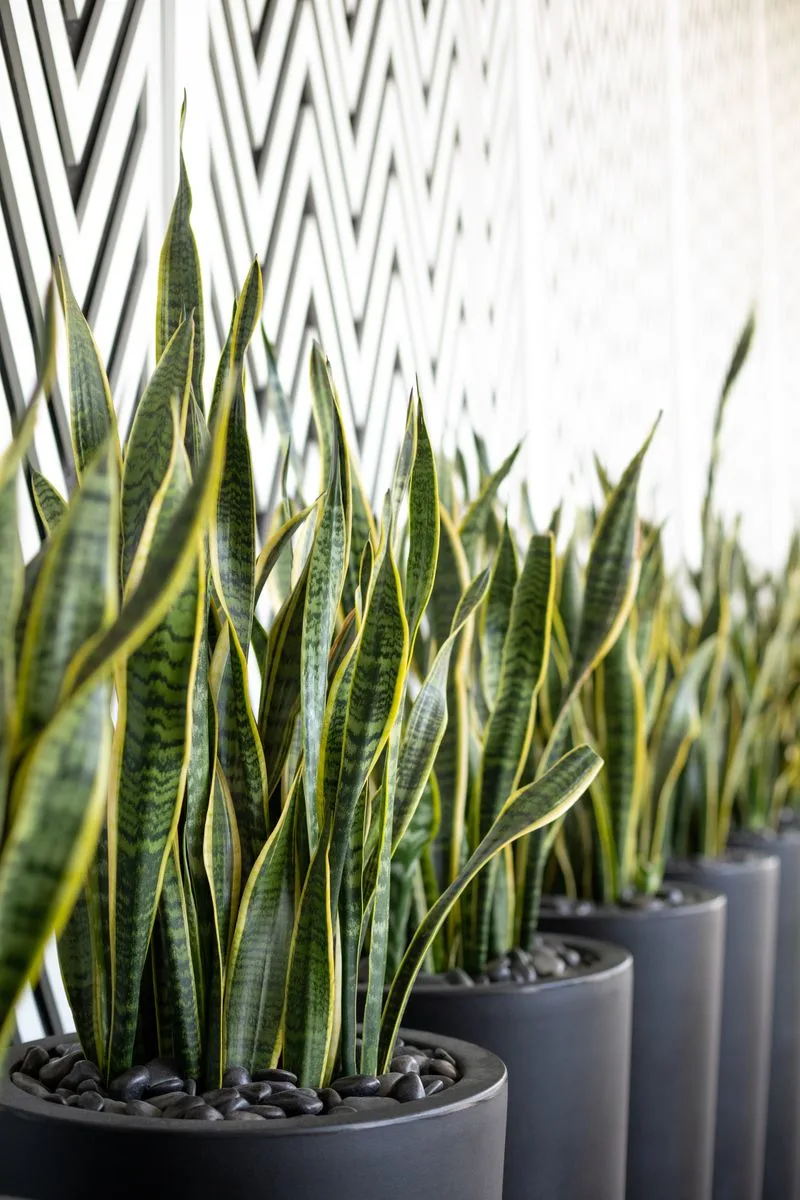
Placement is pivotal for plant health, affecting light, temperature, and humidity. A pot placed in direct sunlight might be ideal for some, but detrimental for others. Understanding your plant’s light requirements and adjusting their placement accordingly can make a significant difference. Consider the room’s conditions, and experiment with different locations to find the sweet spot. Thoughtful placement combined with the right pot ensures your plants receive the care they need, enhancing their growth and beauty.

